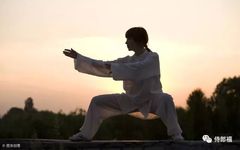Those who have studied Traditional Chinese Medicine (TCM) may have noticed the abundance of terminology, such as ‘creating momentum’ and ‘prosperous times’. What are the differences between these terms? What do they specifically refer to?
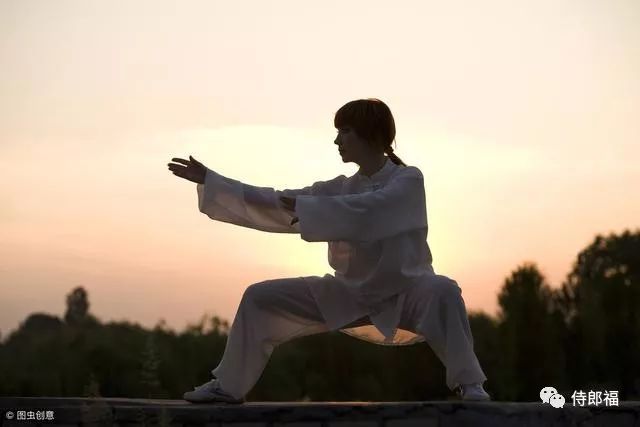
【TCM Discusses: Five Methods of Dampness Elimination】
1. Drying Dampness
Clearing heat and drying dampness herbs are used to treat diseases with damp-heat characteristics, such as eczema and allergic diseases. Common herbs include Ku Shen (Sophora flavescens), Huang Bai (Phellodendron), Huang Lian (Coptis chinensis), and Huang Qin (Scutellaria baicalensis).
Drying dampness is often used for those with a cold-damp constitution, where cold-damp obstruction may manifest as aversion to cold, cold limbs, nausea, vomiting, abdominal distension, diarrhea, a white greasy tongue coating, and fatigue. Herbs such as Chen Pi (Citrus reticulata), Cang Zhu (Atractylodes lancea), and Hou Po (Magnolia officinalis) can be selected.
This includes methods such as dispersing the exterior and transforming dampness, clearing heat and transforming dampness, and detoxifying and transforming dampness. Transforming dampness refers to the process of resolving dampness, implying self-absorption. Strengthening the spleen to transform dampness can be achieved with Bai Bian Dou (Lablab purpureus), while aromatic herbs like Bai Dou Kou (Amomum villosum) can also be used. Clearing heat and transforming dampness can be done with Huang Lian, and warming yang to transform dampness can be achieved with Pao Jiang (Zingiber officinale).
2. Draining Dampness
Draining dampness refers to the use of mild diuretic herbs that help expel dampness through urination. These herbs are neutral in nature and have a mild flavor, such as Fu Ling (Poria), Hua Shi (Talc), Che Qian Cao (Plantago asiatica), Zei Xia (Alisma orientale), Qu Mai (Dianthus superbus), and Bian Xu (Polygoni avicularis).
Draining dampness implies that water dampness disperses through osmosis and does not necessarily have a diuretic effect. Strengthening the spleen to drain dampness can be done with Yi Yi Ren (Coix lacryma-jobi), while diuretic draining can be achieved with Zhu Ling (Polyporus umbellatus). Clearing heat and draining dampness can be done with Di Fu Zi (Kochia scoparia). Both Yi Yi Ren and Di Fu Zi do not have diuretic effects, while Zhu Ling has a mild diuretic effect.
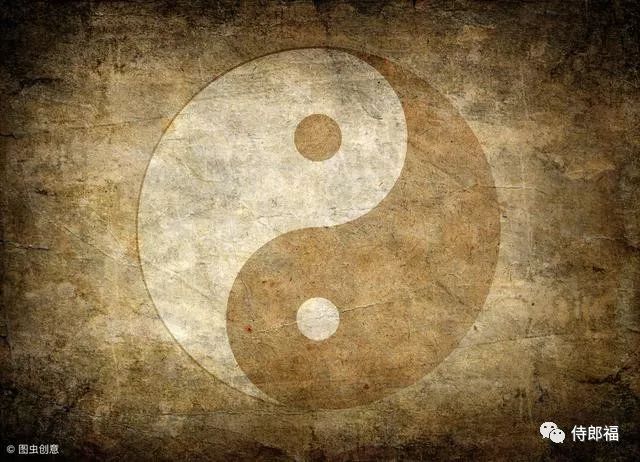
3. Transforming Dampness
The method of transforming dampness primarily targets diseases of the middle jiao (spleen and stomach), and secondarily the upper jiao. Transforming dampness herbs are often pungent, warm, and aromatic, suitable for cold-damp, summer-damp, and damp-heat syndromes.
4. Promoting Dampness
Promoting dampness refers to methods that facilitate the expulsion of dampness through urination, with mild diuretic effects. This includes methods such as mild draining, warming yang to promote dampness, nourishing yin to promote dampness, clearing summer heat to promote dampness, clearing heat to promote dampness, and warming the kidneys to promote water metabolism, suitable for dampness in the lower jiao.
Common herbs include Zei Xia, Che Qian Zi (Plantago), Hua Shi, Mu Tong (Akebia), Tong Cao (Tetrapanax), Dong Gua Pi (Benincasa), Yin Chen Hao (Artemisia capillaris), Chi Xiao Dou (Phaseolus calcaratus), Deng Xin Cao (Juncus effusus), Di Fu Zi, Mu Fang Ji (Stephania tetrandra), and Yu Mi Xu (Zea mays).
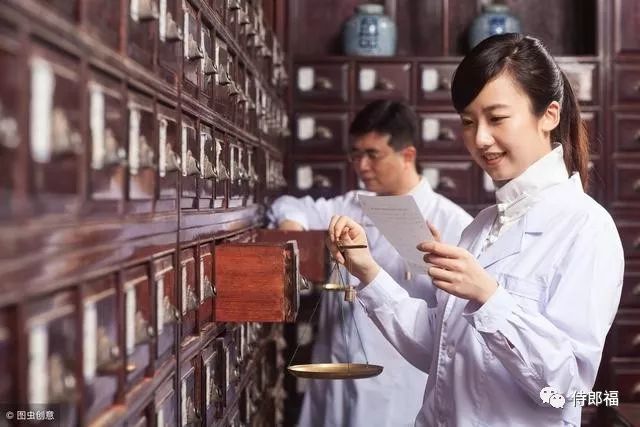
5. Overcoming Dampness
Overcoming dampness herbs are often pungent and warm, with a drying nature. They are used for conditions where wind, cold, and dampness obstruct the muscles, joints, tendons, and meridians, leading to symptoms such as heaviness in the limbs, joint swelling and pain, numbness of the skin, and muscle spasms. These herbs can both expel dampness and dispel wind, hence the term ‘overcoming dampness’.
Overcoming dampness herbs can dispel wind and alleviate pain, but when wind-damp obstructs the meridians and does not resolve over time, they are often used in conjunction with blood-activating and blood-nourishing herbs, which aligns with the principle of ‘treating wind first requires treating blood; when blood flows, wind will naturally dissipate’.
There is a saying that a small deviation can lead to a thousand miles of error, which is particularly true in the context of treating diseases. Often, a slight difference in terminology can lead to completely different treatment methods, and sometimes even opposite approaches. Therefore, friends who are not knowledgeable in medicine should not self-medicate; in such cases, proven medicinal formulas are a good choice.
【TCM Formulation for Dampness Elimination – Consult Below for Formula Name】
Composition: Fu Ling, Ban Xia (Pinellia ternata), Huo Xiang (Agastache rugosa), Cang Zhu, Sha Ren (Amomum villosum), and 23 other medicinal materials prepared into a paste.
Formula Explanation: Ban Xia is the main herb for transforming phlegm and harmonizing the stomach, stopping nausea and vomiting. Chen Pi assists in transforming phlegm and regulating qi. Fu Ling drains dampness, transforms phlegm, and calms the spirit. Gan Cao (Glycyrrhiza uralensis) harmonizes the formula and moistens the lungs to transform phlegm. The combination of 23 medicinal materials has the effects of regulating qi, harmonizing the middle, and transforming phlegm, suitable for cough with excessive phlegm due to lung qi deficiency, as well as vomiting with phlegm due to spleen-stomach disharmony, and can also be used for obesity with phlegm-damp presenting as dizziness, palpitations, and insomnia.
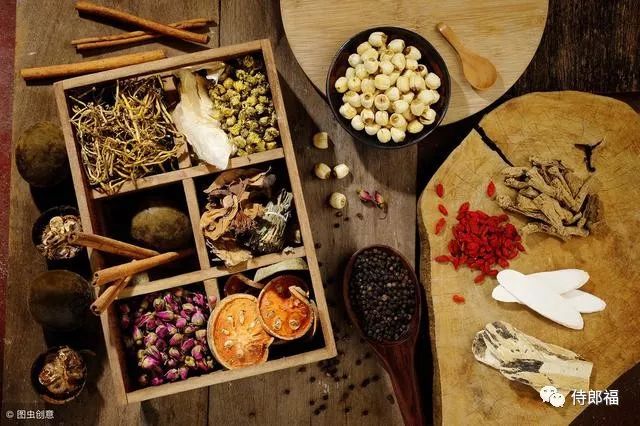
【TCM Discusses: Dampness Easily Harms Yang Qi, Do Not Delay in Dampness Elimination】
Cold evil easily harms yang, and damp evil also easily harms yang. What is the difference between the two? It can be understood this way: cold evil has a greater yin nature than damp evil. ‘When yin prevails, yang suffers’, so cold evil harms yang more severely and does not discriminate by location; it can harm any part of the body.
Damp evil harms yang with a certain selectivity, primarily affecting the spleen. Why? Because the physiological characteristics of the spleen are similar to that of yin earth, which is damp and low-lying soil. For earth to generate all things, it requires a balance of dry and wet. Therefore, yin earth prefers dryness and dislikes dampness; in other words, the spleen is particularly sensitive to dampness and is especially fearful of it, making it easy for dampness to harm spleen yang.

Yang qi represents function; once spleen yang is damaged, the function of the spleen declines, leading to symptoms such as abdominal distension, bland taste, lack of appetite, and loose, sticky stools. Therefore, with a healthy spleen, sufficient yang, and resolved dampness, one need not worry about the upcoming summer!

